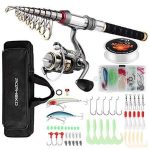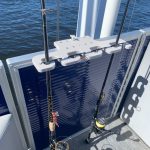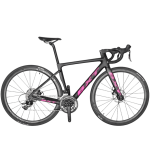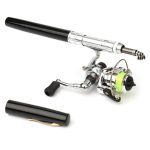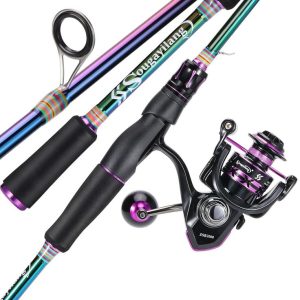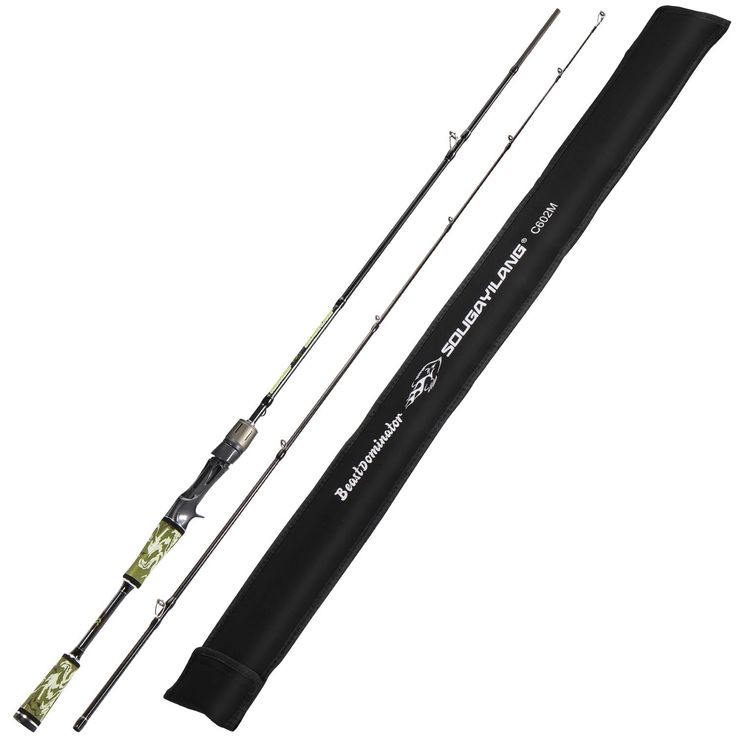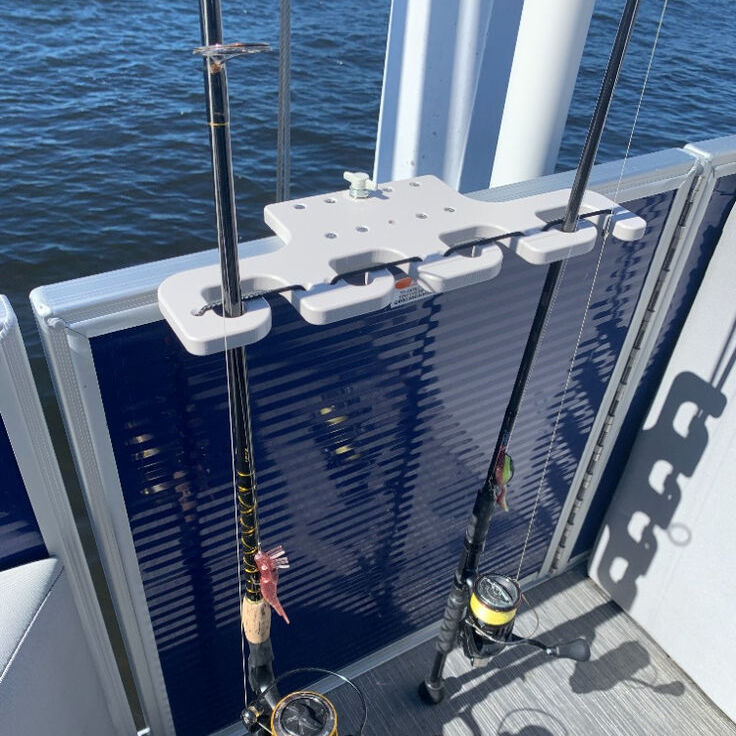When it comes to fishing, the equipment you use can greatly influence your success on the water. One of the most essential tools for any angler is the fishing rod. To help you make informed decisions when selecting or using a fishing rod, it’s important to understand the various parts of a fishing rod and their specific roles. In this article, we will explore parts of fishing rod, detailing how they work together to enhance your fishing experience.
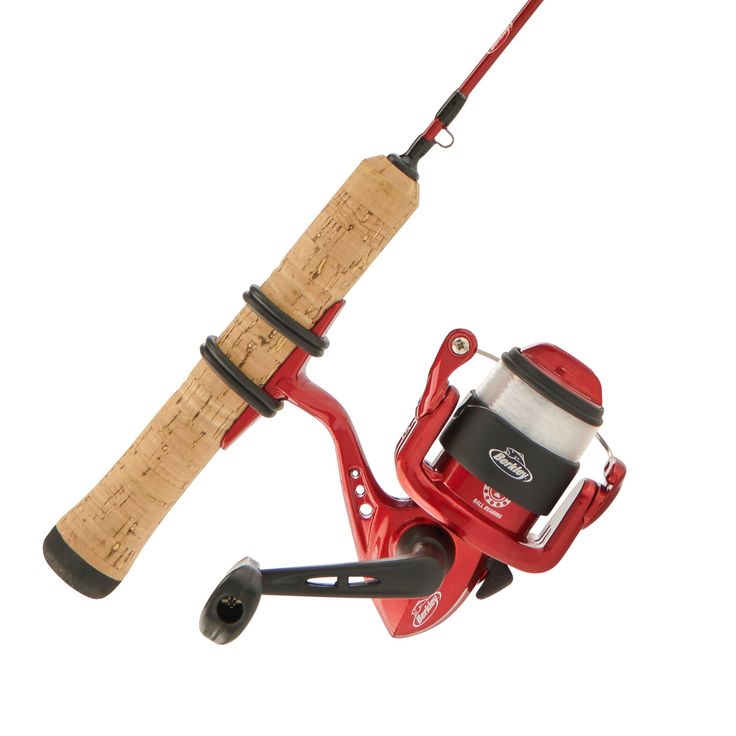
The Rod Blank: The Foundation of Your Fishing Rod
The rod blank is arguably the most crucial component of any fishing rod. Made from materials such as graphite, fiberglass, or a composite of both, the rod blank determines the rod’s sensitivity, strength, and flexibility. This is where the parts of a fishing rod begin to play a significant role in your overall performance as an angler.
- Material Variations: Graphite rods are known for their sensitivity and light weight, making them ideal for catching finicky species. In contrast, fiberglass rods tend to be more durable and are often preferred for larger game fish or beginner anglers.
- Length and Action: The length of the rod blank affects casting distance and control. Longer rods can cast further, while shorter rods offer more precision. Additionally, the action (how much the rod flexes) plays an important role in hook setting and fish fighting.
- Weight and Handling: A well-balanced rod blank allows for easier handling, reducing fatigue during long fishing sessions. An understanding of the various materials and designs available can substantially improve your fishing experience.
By choosing the right rod blank, you set the foundation for the rest of the parts of your fishing rod to function optimally.
Rod Guides: The Path for Your Fishing Line
Rod guides are the small rings that run along the length of the fishing rod, crucial components that contribute to a smooth line flow. These guides are essential to the overall functionality of the rod and directly impact casting performance, making them one of the most important parts of a fishing rod.
- Material and Size: Rod guides can be made from stainless steel, aluminum oxide, or ceramic. The material used affects durability and line friction. Opting for higher-quality guides can lead to longer-lasting performance.
- Guide Placement: The spacing and alignment of the guides affect how the line moves through the rod, influencing casting distance and accuracy. Properly placed guides minimize line tangles, allowing for a smoother fishing experience.
- Rotation and Performance: Even minor misalignments can lead to significant performance issues. Understanding the optimal configuration of rod guides can make a considerable difference in how effectively you fish, especially when reeling in fast or heavy species.
In summary, rod guides are integral parts of a fishing rod that ensure your line moves freely and efficiently, ultimately improving your catch rate.

Reel Seat: Secure Your Fishing Reel
The reel seat is the component that attaches the fishing reel to the rod and is a vital part of ensuring a seamless fishing experience. This small yet crucial section of your rod must be sturdy and reliable.
- Types of Reel Seats: There are two main types of reel seats: exposed and covered. Exposed reel seats allow for more direct contact with the rod blank, enhancing sensitivity. Conversely, covered reel seats provide extra protection for the reel and line.
- Material Matters: Reel seats can be constructed from various materials, including graphite and aluminum. The choice of material affects both the weight of the rod and the strength of the connection.
- Adjustability: Some reel seats offer adjustable features to accommodate various reel sizes, enhancing versatility. This means that your fishing rod can adapt more easily to different fishing scenarios without requiring constant gear changes.
The quality and design of the reel seat can significantly impact how the parts of the fishing rod work in unison, affecting your overall fishing success.
Handle and Grip: Comfort in Your Hand
The handle and grip of the fishing rod may be one of the most overlooked parts of a fishing rod, but they play essential roles in overall comfort and control. An ergonomic grip can make the difference during long hours of fishing.
- Types of Handles: Fishing rods typically feature cork or EVA (Ethylene Vinyl Acetate) handles, each with its advantages and disadvantages. Cork offers a classic feel and excellent shock absorption, while EVA provides durability and better grip, especially in wet conditions.
- Length and Shape: The length of the handle affects how you hold the rod and manipulate it in various situations. A longer handle allows for two-handed casting, while a shorter handle is often preferred for finesse and specific techniques.
- Personal Preference: Ultimately, the choice of handle and grip come down to personal preference. A comfortable grip allows you to maintain control over your rod, improving your ability to reel in fish and reducing the risk of dropping your gear during critical moments.
Selecting an appropriate handle and grip is essential for experiencing the full potential of your fishing rod’s parts.

Tip and Tip Top: Precision in Action
The tip of the fishing rod and its accompanying tip top are often overlooked but are critical parts of a fishing rod that ensure accuracy and control. These components may seem small, but they play a significant role in the rod’s overall performance.
- Sensitivity and Responsiveness: The tip is where you often feel the first sign of a bite. A sensitive tip will allow you to detect even the slightest nibble, making it easier to set the hook at the right moment.
- Tip Top Material and Design: The tip top holds the line in place and guides it as you cast. Made from lightweight materials, it minimizes the overall weight of the rod while maximizing durability. This is especially important when dealing with fierce fish that may put significant strain on your equipment.
- Importance in Casting: A well-designed tip and tip top can enhance the accuracy of your casts, making it easier to reach your target area or navigate challenging fishing environments. With the right setup, you’ll find you can cast with greater precision and control.
In short, the tip and tip top are indispensable parts of a fishing rod that contribute to your ability to feel and respond to fish movements more effectively.
Ferrules: Connecting Sections of the Rod
When it comes to multi-piece fishing rods, ferrules are the connectors that join the different sections of the rod. These small but essential parts can greatly influence how well your rod performs in terms of flexibility and strength.
- Types of Ferrules: Ferrules can be either male or female and are designed to create a strong bond between rod sections. Their design must ensure that the connection is secure and durable, reducing the chances of breaking during use.
- Quality Matters: Low-quality ferrules can lead to weak points in the rod, making it less reliable under strain. Investing in rods with quality ferrules can improve your fishing experience and help you avoid unwanted failures.
- Ease of Use: Good ferrules allow for easy assembly and disassembly of your rod, making it easier to transport and store. Choosing a rod with efficient ferrules means less time preparing for your fishing trip and more time spent on the water.
Understanding the significance of all these parts of a fishing rod, including the ferrules, allows you to choose rods that complement your fishing style and preferences.
Conclusion: Enhance Your Fishing Experience with Complete Knowledge
In conclusion, having a thorough understanding of the various parts of a fishing rod and their specific roles is absolutely essential for every angler, regardless of skill level. Whether you are just starting out or have years of experience under your belt, recognizing how each component influences your fishing experience can lead to better performance and higher catch rates. It’s important to remember that the right combination of materials, design elements, and your personal preferences can greatly enhance your enjoyment and effectiveness on the water. By thoughtfully selecting your gear and taking these essential factors into account, you are not merely purchasing a fishing rod; rather, you are making an investment in a successful and enjoyable fishing experience. So gear up, pay attention to the details, and most importantly, happy fishing!
